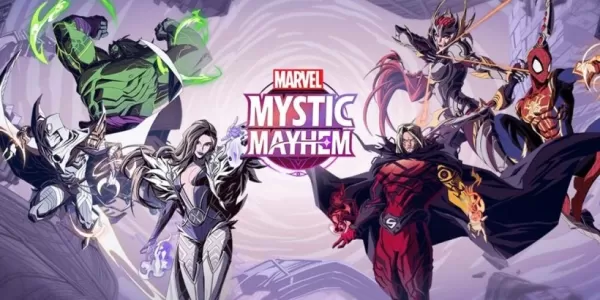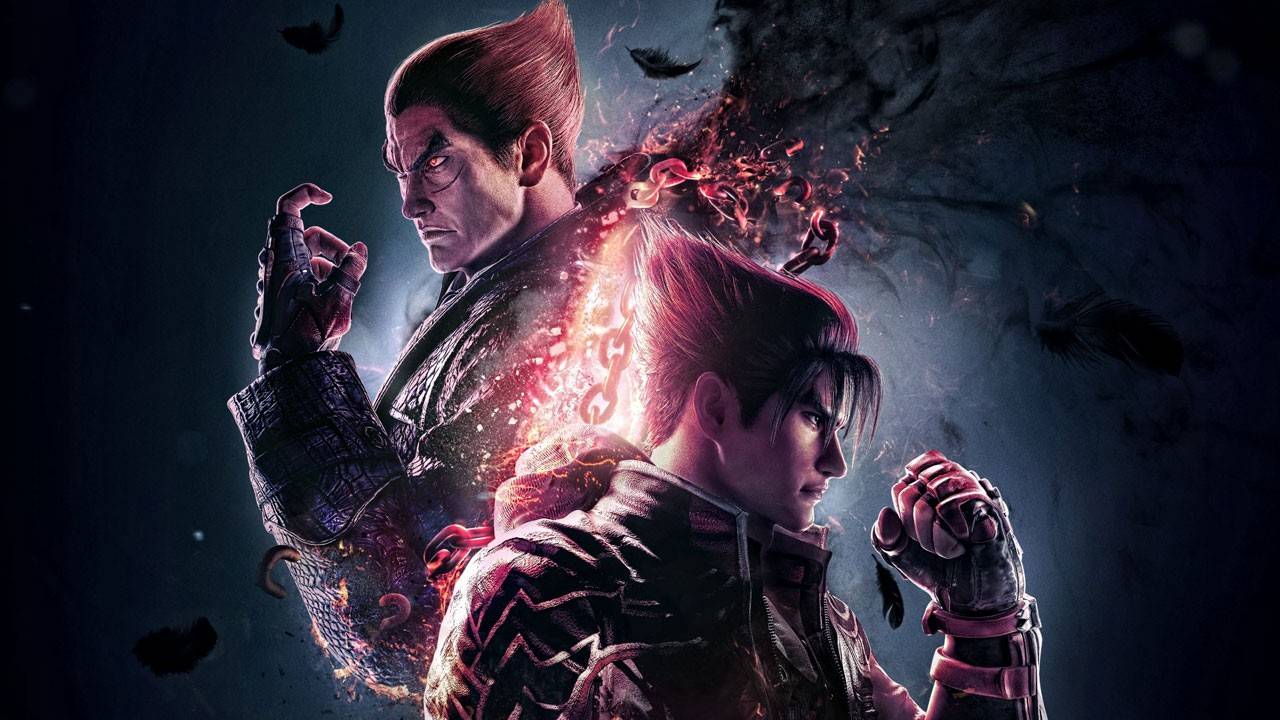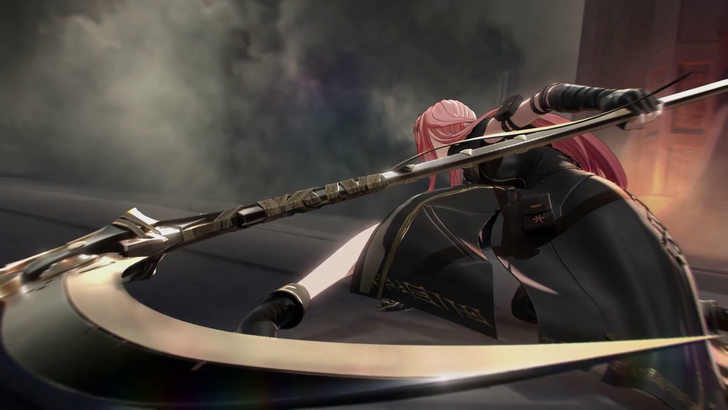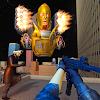During a recent hands-on demo of Doom: The Dark Ages, I found myself unexpectedly reminded of Halo 3. The experience began with me astride a cyborg dragon, unleashing machinegun fire at a demonic battle barge. After obliterating the vessel's defensive turrets, I landed on the ship and stormed through its lower decks, reducing the crew to mere red slop. Moments later, I burst through the hull on my dragon, continuing my relentless assault on Hell's machines.
This sequence bore a striking resemblance to Master Chief's assault on the Covenant's scarab tanks in Halo 3. The transition from aerial attack to boarding action, though executed with a holographic-winged dragon and an occult flying boat, echoed the core experience of Halo. Interestingly, this wasn't the only moment that evoked memories of Halo. While The Dark Ages retains Doom's signature combat, its campaign design feels reminiscent of late-2000s shooters, with elaborate cutscenes and a focus on novel gameplay mechanics.
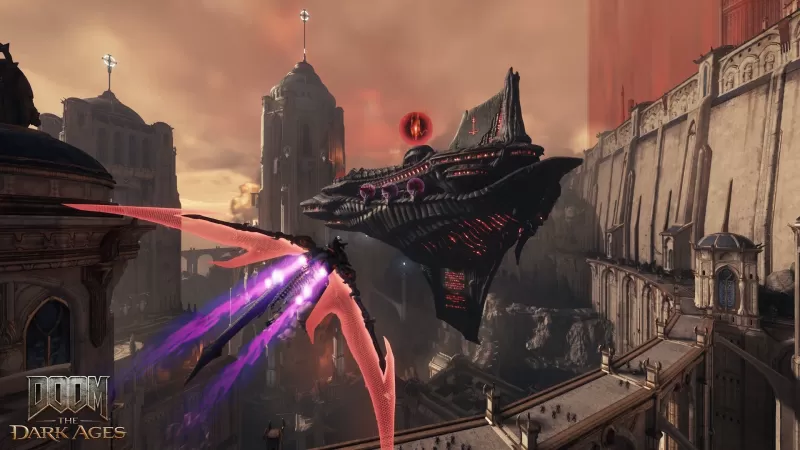 Across two and a half hours, I played through four levels of Doom: The Dark Ages. The first level, the campaign's opener, mirrored the tightly paced and meticulously designed levels of Doom (2016) and its sequel. The subsequent levels, however, introduced a mech, the aforementioned dragon, and expansive battlefields filled with secrets and minibosses. This departure from Doom's traditional focus on mechanical purity drew parallels to games like Halo, Call of Duty, and even older James Bond titles like Nightfire, known for their scripted setpieces and unique mechanics.
Across two and a half hours, I played through four levels of Doom: The Dark Ages. The first level, the campaign's opener, mirrored the tightly paced and meticulously designed levels of Doom (2016) and its sequel. The subsequent levels, however, introduced a mech, the aforementioned dragon, and expansive battlefields filled with secrets and minibosses. This departure from Doom's traditional focus on mechanical purity drew parallels to games like Halo, Call of Duty, and even older James Bond titles like Nightfire, known for their scripted setpieces and unique mechanics.
This direction is intriguing, especially considering Doom's past. The cancelled Doom 4 was set to resemble Call of Duty with its modern military aesthetic, emphasis on characters, and cinematic storytelling. id Software ultimately rejected this approach for Doom (2016), yet here we are in 2025 with The Dark Ages embracing similar elements.
The campaign's fast pace is punctuated by new gameplay ideas that echo Call of Duty's most innovative sequences. My demo began with a lengthy cutscene reintroducing the realm of Argent D'Nur, the opulent Maykrs, and the Night Sentinels, the Doom Slayer's knightly allies. The Slayer is portrayed as a terrifying legend, a nuclear-level threat on two legs. This cinematic approach to lore, reminiscent of Halo, extends into the levels where NPC Night Sentinels are scattered throughout, enhancing the feeling of being part of a larger force, much like Master Chief.
The introductory cutscene is heavy on character work, and it remains to be seen if this is necessary for Doom. Personally, I preferred the subtler storytelling of the previous games, which used environment design and codex entries to convey the narrative. The cutscenes in The Dark Ages are mercifully brief, serving only to set up missions without interrupting the game's intense flow.
However, other interruptions come in the form of varied gameplay. After the opening mission, which starts with shotgun slaughter and ends with parrying Hell Knights using the Slayer's new shield, I found myself piloting a Pacific Rim-like Atlan mech to battle demonic kaiju. Then, I was soaring on the cybernetic dragon, attacking battle barges and gun emplacements. These tightly scripted levels introduce new gameplay ideas reminiscent of Call of Duty's standout sequences, like Modern Warfare's AC-130 gunship mission or Infinite Warfare's dogfighting. The mech battles are slow and heavy, while the dragon sequences are fast and agile, creating a significant shift in gameplay that feels distant from classic Doom.
 Many of the best FPS campaigns thrive on such variety, with Half-Life 2 and Titanfall 2 setting the standard. Halo's enduring success is partly due to its mix of vehicular and on-foot sequences. Yet, I'm unsure if this approach will work for Doom. The Dark Ages remains a complex shooter, demanding constant attention as you juggle shots, shield tosses, parries, and melee combos. In contrast, the mech and dragon sequences feel less engaging, almost like QTEs due to their tightly controlled combat.
Many of the best FPS campaigns thrive on such variety, with Half-Life 2 and Titanfall 2 setting the standard. Halo's enduring success is partly due to its mix of vehicular and on-foot sequences. Yet, I'm unsure if this approach will work for Doom. The Dark Ages remains a complex shooter, demanding constant attention as you juggle shots, shield tosses, parries, and melee combos. In contrast, the mech and dragon sequences feel less engaging, almost like QTEs due to their tightly controlled combat.
In Call of Duty, switching to a tank or gunship is less jarring because the mechanical complexity is similar to on-foot gameplay. However, in The Dark Ages, the disparity between gameplay styles is stark, like a middle school guitarist playing alongside Eddie Van Halen. While Doom's core combat remains the star, the mech and dragon sequences left me yearning for the ground-level action with a double-barreled shotgun.
My final hour with The Dark Ages introduced a different but more promising approach. The "Siege" level refocused on id's exceptional gunplay but within a vast, open battlefield. The objective of destroying five Gore Portals felt like Call of Duty's multi-objective missions, yet it also reminded me of Halo's contrast between interior and exterior environments. The larger spaces required rethinking weapon ranges, using charge attacks to cover vast distances, and employing the shield against tank artillery.
Expanding Doom's playspace can lead to pacing issues, as I found myself backtracking through empty areas. Integrating the dragon into these levels, akin to Halo's Banshee, could maintain the pace and make the dragon feel more essential. If such a level exists beyond what I've seen, it would be a welcome addition.
The return of ideas from the cancelled Doom 4, as reported by Kotaku in 2013, is fascinating. These included scripted setpieces and obligatory vehicle scenes, similar to the Atlan and dragon sections in The Dark Ages. Marty Stratton of id Software confirmed in a 2016 Noclip interview that Doom 4 was closer to Call of Duty, with more cinematic storytelling and characters. Now, The Dark Ages incorporates these elements into the modern Doom formula, featuring boarding action setpieces, lavish cinematics, a broader cast, and significant lore reveals.
The core of The Dark Ages remains its visceral, on-foot combat. Nothing in the demo suggested it wouldn't be the main attraction, and every moment I played reaffirmed its status as another brilliant reinvention of Doom's core gameplay. While this alone could carry the campaign, id Software has other plans. Some of the new ideas feel mechanically thin, raising concerns that they might detract from the experience rather than enhance it. Nevertheless, with much left to see, I look forward to May 15th to return to id's unmatched gunplay and to see if Doom: The Dark Ages is a well-crafted late-2000s FPS campaign or a disjointed one.


